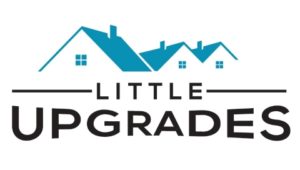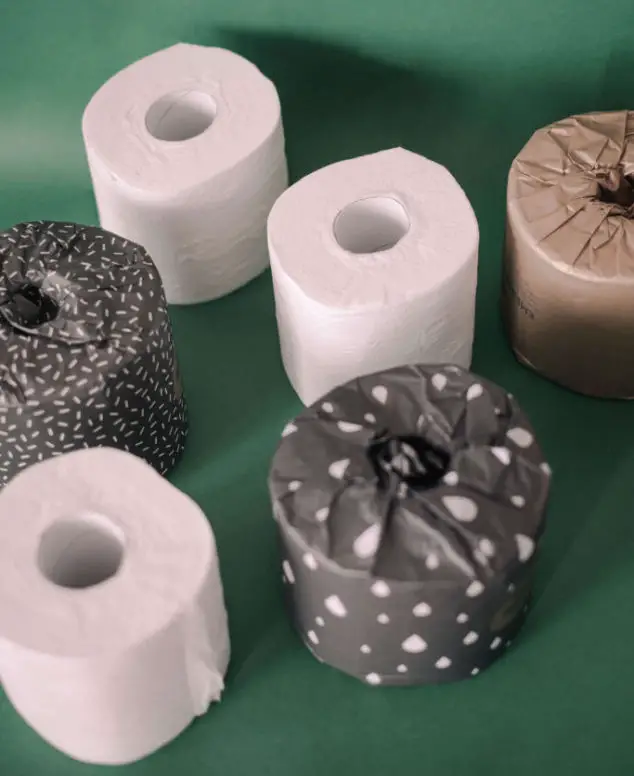
If your plumbing runs off a septic system or you just want to have toilet paper that dissolves quickly for your plumbing, it’s good to know the best kinds of toilet paper for septic systems.
The best toilet paper for septic systems will be either biodegradable, recycled, labeled as septic safe, or a combination of the three. These toilet papers dissolve more quickly and don’t damage the bacteria living in septic tanks.
If you don’t want to go searching your store for toilet paper that has these attributes, don’t worry. We’ve got seven examples of toilet paper that are great for septic tanks and that are pretty easy to find.
Disclaimer: This post contains affiliate links. This means I may earn a commission should you choose to make a purchase using my link
Table of Contents
7 Toilet Papers for Your Tank
Before we jump into our examples I want to give you some full disclosure. I did not go out and test every type of toilet paper listed here. I know, I’m lazy.
But, I’ve organized these examples to give you an idea of what to look for in a septic-safe toilet paper, based on what the toilet paper is made of, and what other people have said about them.
If you want to shop around for your toilet paper, here’s a general rule of thumb you can use: the more natural the product, the better it will be for your septic system.
With that said, here are 7 examples of toilet paper that are considered septic-safe.
1. Aria Premium Earth Friendly Toilet Paper
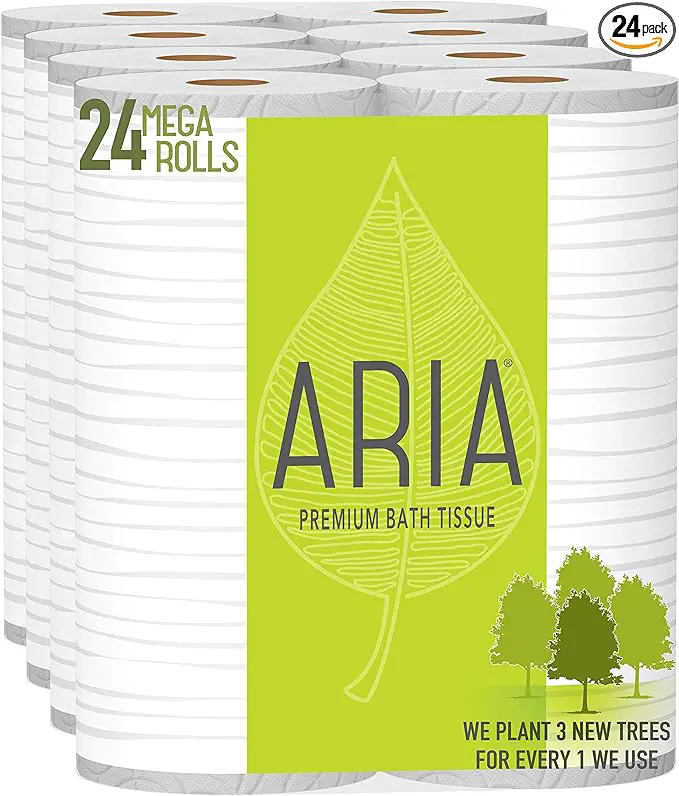
Aria Premium Toilet Paper (See on Amazon) *we receive commissions
Pros
- Septic safe and 100% biodegradable
- Made with 100% renewable energy
- Plants three trees for every one used
Cons
- Rough Texture
This Aria toilet paper offers everything you need to look for in a septic-safe bath tissue with some added environmentally friendly bonuses.
It’s both septic safe and biodegradable. Being biodegradable means that it will dissolve even faster in your septic system.
Aria also promises to plant three trees for every one tree used for the paper. While most companies already replenish the trees they use, they often don’t plant a surplus which is what Aria is doing.
Lastly, this toilet paper is manufactured with 100% renewable energy.
If you’re looking for septic safe and environmentally friendly manufacturing, then this toilet paper is a great option.
2. Seventh Generation White Toilet Paper
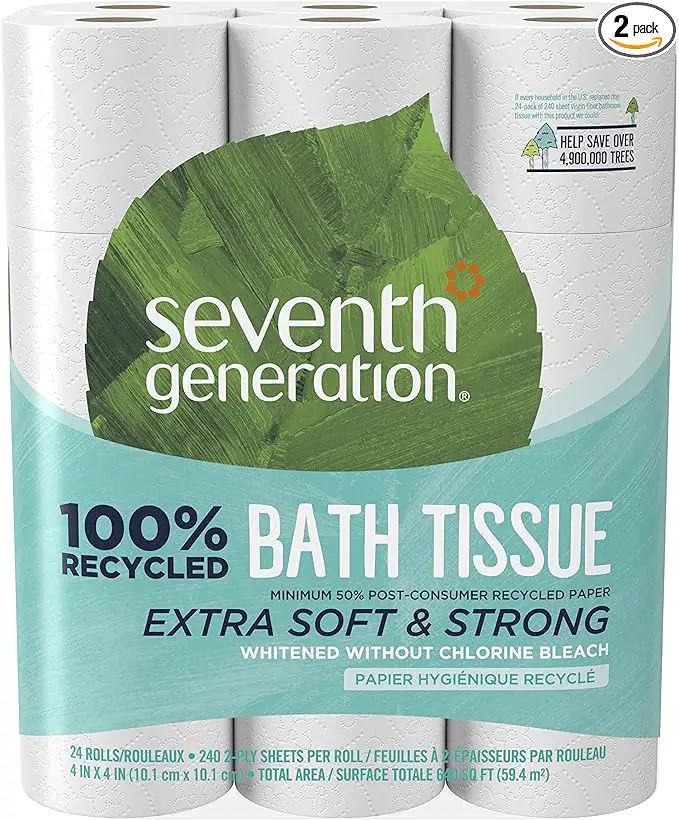
Seventh Generation Toilet Paper (See on Amazon) *we receive commissions
Pros
- Septic safe
- 100% Recycled paper
- No added dyes, inks, or fragrances
Cons
- Rough texture
Seventh Generation is known for making earth-friendly products, their toilet paper is no different.
It’s septic safe and made with 100% recycled materials which breaks down quicker in water than non-recycled materials.
It’s also made with no added dyes, inks, or fragrances which can harm the equilibrium in your septic system.
The only downside is that a few people say this toilet paper is on the rougher side. But, if you can tolerate a little roughness for the sake of your septic tank, then this is a great option.
3. Scott Rapid Dissolving Toilet Paper
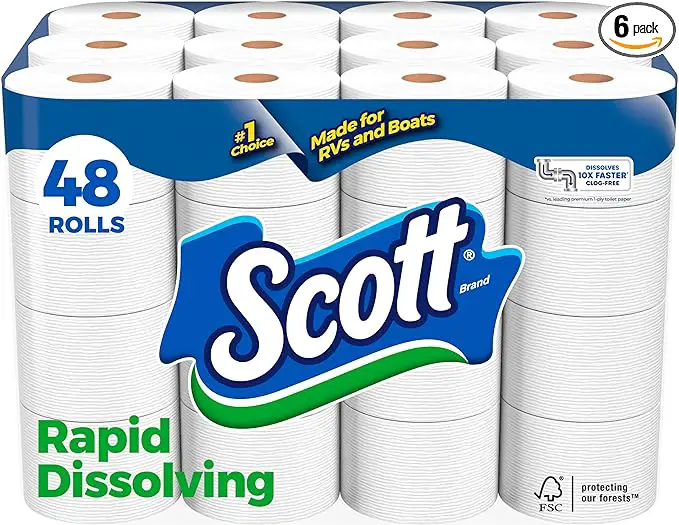
Scott Rapid-Dissolving Toilet Paper (See on Amazon) *we receive commissions
Pros
- Made especially for RV and Boat toilets
- Septic and sewer safe
- Very soft
Cons
- Smaller rolls
This toilet paper is made specifically for RV and boat toilets which have holding tanks. This means that in order for the tank to be emptied properly, the toilet paper needs to dissolve rapidly.
People who use this toilet paper also say that this toilet paper is very soft compared to other fast-dissolving toilet papers.
Being that it’s safe for RVs and boats, it’s also safe for sewers and septic tanks.
Unfortunately, though, the rolls for this toilet paper appear to be smaller than you would expect from a regular roll of toilet paper.
4. Caboo Tree Free Bamboo Toilet Paper
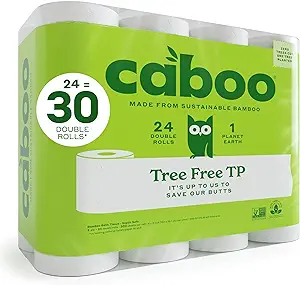
Caboo Bamboo Toilet Paper (See on Amazon) *we receive commissions
Pros
- 100% biodegradable
- Septic safe
- Sustainably sourced
Cons
- Very thin layers
Because it’s 100% biodegradable, it’s septic safe.
Products being made out of bamboo is becoming more and more popular. Bamboo products are more sustainable because bamboo can grow much faster than trees.
I didn’t put this in the pros because it would take too much to write, but this toilet paper is hypoallergenic and free from BPA, paraben, fragrance, and chlorine.
If you or someone in your household is sensitive to these things, this toilet paper is a great hypoallergenic option.
The negative of this toilet paper is that the layers are “paper-thin”. See what I did there?
Alright, puns aside, this means that you’ll need more paper to do the job of toilet paper with thicker layers.
5. Aqua-Soft Toilet Paper
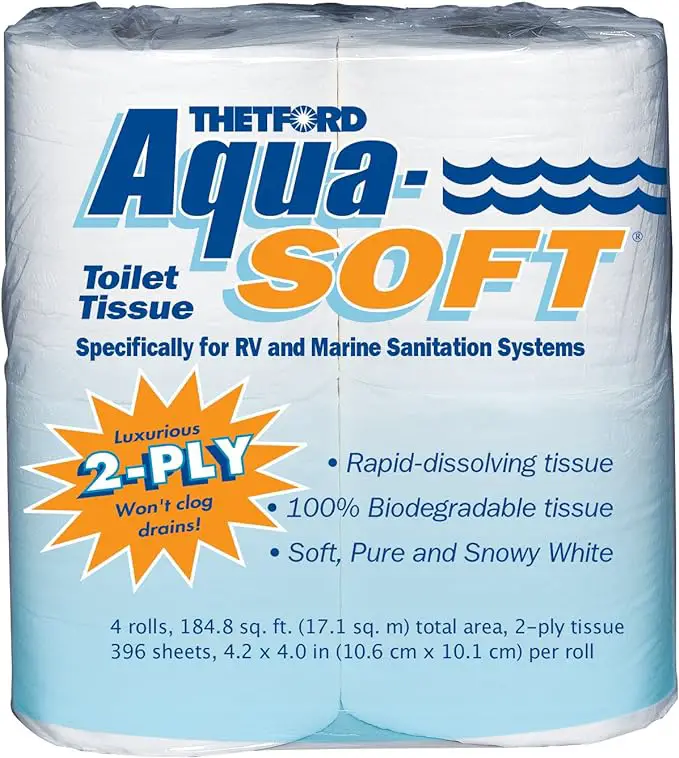
Aqua-Soft Toilet Paper (See on Amazon) *we receive commissions
Pros
- 100% biodegradable
- Made especially for RV and Boat toilets
- Septic and sewer safe
Cons
- Thin layers
Just like toilet paper #3 above, this product is made specifically for RVs and boats meaning it dissolves quickly. This also means that it’s septic and sewer-safe.
It’s also 100% biodegradable which makes it dissolve even better.
The trade-off here is that the layers of this toilet paper are quite thin, which can cause it to break easily when used.
6. Angel Soft Toilet Paper
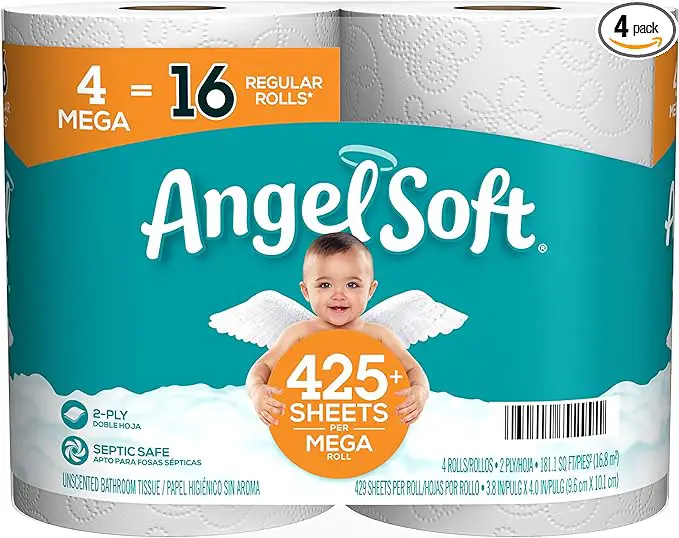
Angel Soft Toilet Paper (See on Amazon) *we receive commissions
Pros
- Sold at most grocery stores
- Septic safe
- Sustainably sourced trees
Cons
- Not as soft
My family has been buying Angel Soft for as long as I can remember. Mostly because it’s septic safe and reasonably priced.
Unlike some of the other brands listed that are mostly sold online, Angel Soft is sold at pretty much every major grocery store. so it’s easy to find.
The downside of this toilet paper is that it’s just not very soft. And while it’s not the plushest toilet paper, it’s still a great option for your septic system and your wallet.
7. Charmin Ultra Strong
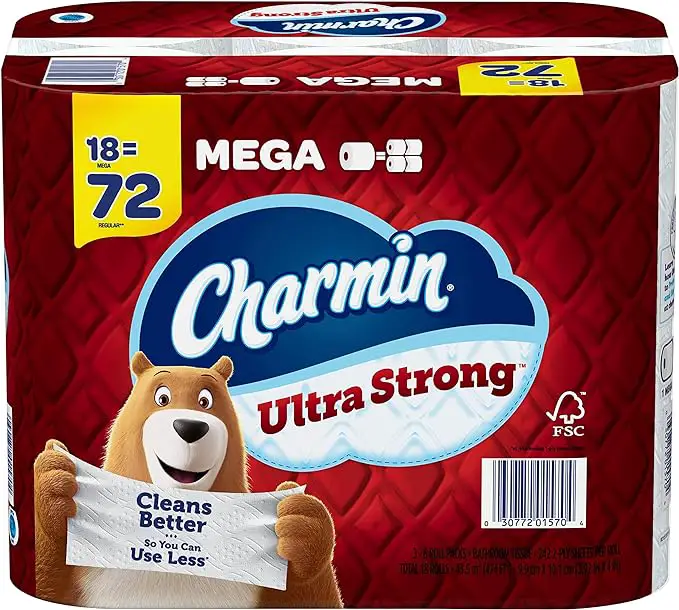
Charmin Toilet Paper (See on Amazon) *we receive commissions
Pros
- Septic safe
- Thick layers
- 100% American made
Cons
- Rolls too thick
If you want the soft bathroom experience while also being septic safe, then you could go with a Charmin roll.
This toilet paper is septic safe but I imagine it doesn’t dissolve quite as quickly as our other examples just because of the thickness of the layers. But, I didn’t test it so you’ll have to find out for me if you buy this toilet paper.
Charmin is also 100% American made which isn’t something that’s advertised on toilet paper a lot.
Some people have pointed out that the toilet paper rolls are so thick that they wouldn’t fit in their standard toilet paper holders. Keep that in mind before you buy.
Science of Septic Systems
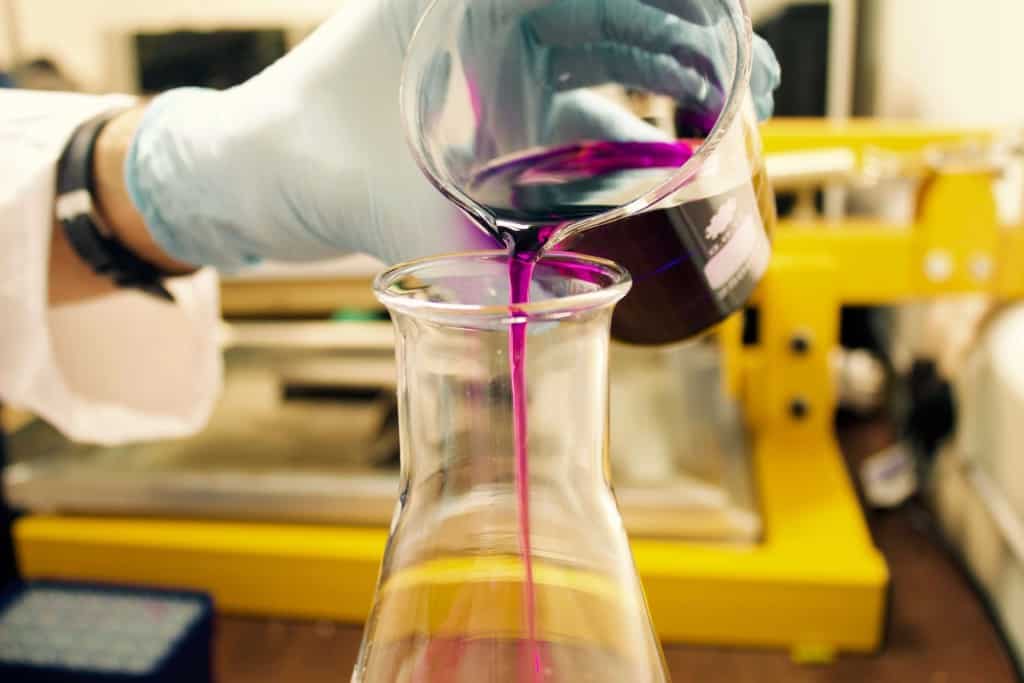
After looking at all our examples, you may be wondering ‘why does it matter if my toilet paper is septic-safe?’ Well, it all comes down to how the system works.
In order to better understand septic systems, there are a few questions that need to be answered: how do they work, why are they used, and what you should never put in them? First things first.
How Do They Work?
A traditional septic system has three distinct parts. The plumbing system, the septic tank, and the drain field. Let’s look at each one and see what role they play.
The Plumbing System
The first part of your septic system is the journey the wastewater takes to get to your septic tank.
Your septic system gets all wastewater, not just the water from your toilet. This includes all sinks, showers, and even your dishwasher and washing machine.
This means that, if you have a septic tank, you need to be mindful of what you put into all your drains, not just what toilet paper you use.
The Septic Tank
A septic tank is a watertight, sealed tank, which is buried in the ground. You may be able to identify where your septic tank is by looking for manhole covers, or something similar, near your home.
Once the wastewater enters your septic tank, it begins to separate into three different layers: scum, effluent, and sludge
Greases and oils float to the top and form the scum layer.
The solids, mostly human waste, settle to the bottom to form sludge. Yes, it’s really just called sludge.
These two layers stay within the sealed septic tank until your tank is pumped (cleaned) by a professional. You should get your tank pumped about once every three to five years. The more water-efficient you are, however, the less often you need to have your tank pumped.
The last layer is liquid wastewater which is called effluent. It sits in between the sludge and scum layer. This layer flows out of your septic tank and into your drain field.
If your septic tank gets clogged by undissolvable objects, it can back up your whole system making the ‘you know what’ hit the fan.
The Drainfield
This is a field close to your septic tank that has shallowly buried pipes in it. The pipes extending out of the septic system have holes in them.
These holes allow the wastewater to trickle out into the soil. Now you may be thinking that this is a terrible idea. But, don’t worry, the soil is crazy awesome.
While the wastewater begins to soak through the soil, the soil naturally removes all harmful bacteria, viruses, and other harmful things. Isn’t that cool?
Once the wastewater is filtered, it keeps traveling through the ground until it reaches the groundwater layer. It’s then reintroduced into the water cycle as totally clean and safe drinking water. Amazing!
In case you didn’t notice, I think it’s a pretty cool process, so I’m sorry if you don’t share my enthusiasm.
And that’s it, that’s the basic rundown of how a septic system works.
If you have more questions about how septic systems work or anything about septic systems, the EPA has a good PDF that has everything a homeowner needs to know. I highly recommend checking it out.
Why Are They Used?
Septic systems are most commonly used in rural areas when the houses are unable to be connected to the main sewer line.
Instead of running miles of plumbing to connect a house to a sewer line, it’s sometimes cheaper to install this miniature self-sustaining plumbing system into a home.
If there’s a group of houses, sometimes a septic system is made to link these houses together such as in a rural suburban area.
If you live in a city or in an apartment, you are most likely hooked to the main sewer line, not a septic system.
But, this doesn’t mean you shouldn’t pay attention to what stuff you put down your drain. The city’s wastewater treatment workers will thank you for taking the extra steps.
Knowing how a septic system works and knowing how to treat them properly can help any kind of plumbing system. You can use the same knowledge to have fewer plumbing clogs, know what can be safely put down the drain, and know what’s best for the environment.
Top 5 Things that Should Never Go into a Septic System
Anything that isn’t organic material, should not go into a septic system. I know that’s a pretty broad statement but its true. If it didn’t come from the earth then it shouldn’t go back into the earth.
Here are five things that are often put down the drain that shouldn’t be.
1. Flushable Wipes
Even though they say they’re flushable, they shouldn’t be flushed.
Sure, you could technically flush them down the toilet, and it probably won’t clog your toilet. However, they don’t dissolve very quickly in water which means they won’t get broken down by your septic system.
If too many undissolvable things are put into your septic system, you could clog it and cause a backup. Believe me, you do not want that to happen.
And, if flushable wipes shouldn’t go into your system, then neither should other kinds of wipes.
2. Sanitary Products
I know, you see these signs all the time ‘don’t flush sanitary products down the toilet’. Well, they’re there for a reason.
Just like with the flushable wipes, these products don’t break down in water. In fact, they’re made to absorb liquid which makes them even worse for your system.
Since we’re on the subject, I’m mentioning diapers here as well. They absorb even more liquid than sanitary products. So guess what, they’re even worse for your septic system.
Flushing these things down your toilet can clog your toilet and your septic system which can again cause sewage back up. Do yourselves a favor and don’t flush them down the drain. Anywhere. Ever.
3. Hair
We’ve probably all had that disgusting moment in a shower where you need to clean the hair out of your drain.
But, cleaning it out of your shower drain is way better than letting it go into your plumbing. Imagine having to clean your hair out of your septic system, disgusting.
Also, hair doesn’t break down easily. Like, that stuff lasts forever. So, as you can imagine, it’s not something you want to have in your septic system.
4. Hard Chemicals/Cleaners
Remember, your septic system gets all wastewater from every drain in your home. So, you need to be mindful of your dish soap and your laundry detergent.
Hard chemicals aren’t going to ruin your septic system if you use them every once in a while. Sometimes you just need that extra oomph to clean something.
But, too many chemicals, such as bleach and chlorine, can harm the process that takes place in your septic tank.
In a lot of septic tanks, solid waste is broken down by bacteria. Sending too many hard chemicals down your drain can kill these bacteria and upset the balance in your tank.
5. Cooking Grease and Oil
Just as grease sticks to pans after it’s cooled, it can and will stick to the pipes of your septic system.
If a little grease gets in your system because some was left on a plate that’s usually not a big deal. I’m talking about taking the grease left over after frying bacon and pouring it straight down the drain.
Let the grease cool, and then scrape as much as you can into the trashcan. Your septic system will thank you.
You may have also wondered at one point or another if toilet paper eventually expires. We’ve talked about toilet paper expiration (or the lack thereof) in this post. I know, I know, we’re toilet nerds.
Testing Your Toilet Paper
If the brand of toilet paper you like to use isn’t listed as one of our examples, don’t worry. There are a lot of toilet papers out there that are septic safe that didn’t make our list.
If you want to see if your brand of toilet paper would work well in a septic system, you just need to perform this quick test to see if it will break-down quickly. The speed at which your toilet paper dissolves can also affect whether your toilet will unclog itself over time.
The Toilet Paper Test
Take a few sheets of your toilet paper, and put it in a clear container. A mason jar or a drinking glass works great but you can also use a Tupperware container or anything clear really.
Next, fill your container about 3/4 full of water. Swirl the water around for a few seconds as if it were in a flushing toilet.
Now, just let the mixture sit and time how long it takes for your toilet paper to dissolve. This should take about twenty minutes.
For a septic system, you definitely want your toilet paper to dissolve in twenty minutes or less.
I did this test with the brand of toilet paper I have at home (sorry I don’t remember what brand) and took pictures of it through the process. It should look something like this.
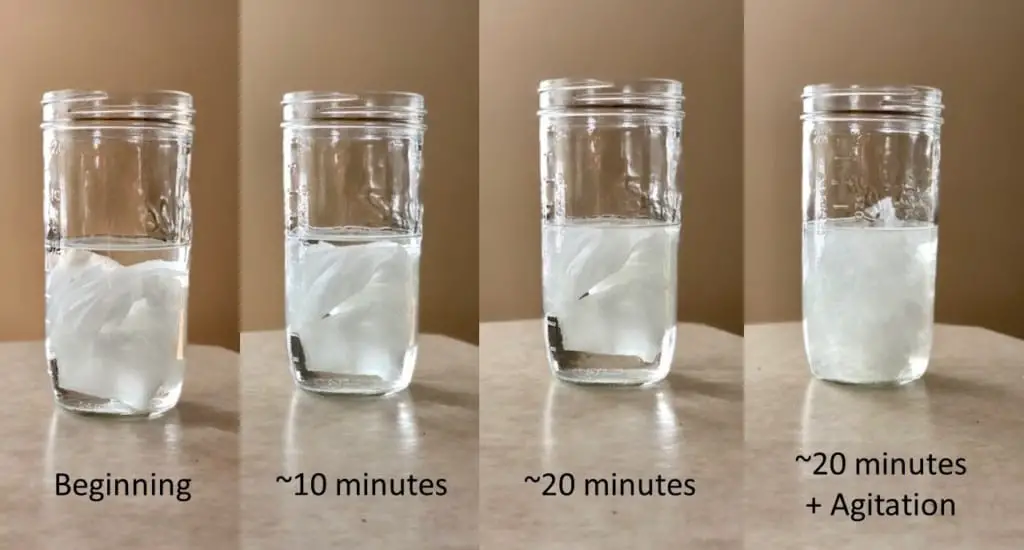
Your toilet paper may dissolve in less than twenty minutes, stir it around with a spoon every few minutes to see if it’s broken down or not yet.
If you want some more information about this, you can check out our article about dissolving toilet paper.
Related Questions
What toilet paper dissolves the best?
Toilet paper that is biodegradable and made out of 100% recycled materials will dissolve the best. Also, toilet paper without lotions or scents dissolves better. And, if you’re willing to use it, 1-ply toilet paper dissolves the most quickly.
Do I need special toilet paper for a septic system?
You should ensure that the toilet paper you use is labeled as septic safe if your home uses a septic system. What this indicates is that the toilet paper dissolves more quickly and more completely than other papers. This information can be found on the package of most toilet paper brands.
Are toilet seat covers flushable?
Most toilet seat covers are flushable, including the paper toilet seat covers commonly provided in public restrooms. However, decorative toilet covers, like cotton or faux fur styles, are not flushable.
